If you are a diabetic, you have a much greater risk of developing eye-related complications. The good thing is that most eye problems can be controlled or kept in check by following certain guidelines. Although, there is no guarantee that following these guidelines will prevent eye problems, the risks are definitely reduced.
Listed below are some simple steps that you can take or avoid to keep your eyes healthy-the dos and don’ts for healthy eyes.
- The major cause of eye-complications in diabetics is elevated blood sugar level. Keep your sugar level in control and the risks of getting diabetic retinopathy will be reduced considerably. Controlling your diet is possibly the best way to control your sugar levels.
- Maintain optimum blood pressure levels. High blood pressure contributes to deteriorating eye health. If you have a problem with high blood pressure, you might need medication to keep it under control.
- Quit smoking; smoking aggravates eye problems like cataracts and increases your risks of developing macular-degeneration.
- If you have kidney disease, your risks of getting diabetic retinopathy are increased drastically. Give kidney treatment priority or it might affect your vision.
- For pregnant women, the increased blood sugar levels result in progression of diabetic retinopathy. Go for regular testing to rule out further complications.
- You must get a comprehensive dilated eye exam if you have diabetes type 1. No need to wait for vision problems to appear—get an exam immediately.
- After an initial checkup, get yearly checkups even if you have no symptoms.
- For those of you who already have eye complications, frequent eye exams are compulsory.
Certain foods have proven to improve eye health. The risks of eye complications are greater in diabetics so, eating these foods will be of immense help in fighting against these problems. Eat foods that are rich in Vitamin A, C and E, plus carotenoids.
Given below are foods you must include in your diet.
- Vitamin A or Beta Carotene: Fish, eggs, pumpkins, carrots, green vegetables and sweet potatoes. Vitamin A is essential for healthy skin, teeth, eyes and skin. It is also called retinol (from retina) because it produces the pigments in the retina of the eyes.
- Lutein: Leafy vegetables including spinach, collards, kale and mustard leaves; corn, eggs and peas. Lutein has antioxidant functions. It also stops blue light from reaching the retina, preventing oxidative damage that could lead to macular regeneration.
- Vitamin C: Fruits like papayas, kiwis, oranges and strawberries; vegetables like sweet peppers, broccoli and cabbage. Vitamin C works with other antioxidants to prevent macular degeneration.
- Vitamin E: Oily foods like almonds and sunflower seeds, as well as wheat germ, fish and leafy greens. Vitamin is also a powerful antioxidant and thus responsible for the prevention of macular degeneration.
- Zinc: All lean meat, fish and seafood, particularly oysters; pumpkin seeds and wheat germ. Zinc enables Vitamin A to produce a substance called melanin, which protects the eye.
- Selenium: Dried nuts and seeds; fish and seafood. Selenium helps the body absorb Vitamin E which is essential for good eye health.
Adding these foods to your diet will prove to be extremely beneficial if you’re a diabetic. You will still need regular exams but the risk of eye-related complications will be reduced considerably.
ADA Guidelines for Retinopathy Management in Diabetes
• Intensive glycemic and blood pressure control can reduce the risk or slow progression of diabetic retinopathy.
• Diabetic retinopathy is the most frequent cause of new cases of blindness among adults aged 20 to 74 years.
• Duration of diabetes is a strong predictor for development and progression of retinopathy.
• Patients diagnosed with type 2 diabetes should have a dilated, comprehensive eye exam by an optometrist or ophthalmologist soon after diagnosis.
• Eye exams should be repeated annually. Less frequent exams (every 2–3 years) may be considered at the recommendation of an eye care specialist.
• High-quality fundus photographs can be used to detect most clinically significant diabetic retinopathy.
• Pregnant women with preexisting diabetes or those planning a pregnancy should have an eye exam and be counseled on the risk of developing diabetic retinopathy. Exams should occur in the first trimester with close follow-up throughout the pregnancy and for 1 year after giving birth.
• Timely laser photocoagulation therapy during the early stages of severe nonproliferative diabetic retinopathy, proliferative diabetic retinopathy, and/or macular edema may prevent vision loss.
American Diabetes Association. Clinical practice recommendations—2010. Diabetes Care. 2010;33(suppl 1):S36.
Diabetes and Eye Care … read more::
Each article is published individually and after careful review by Gluxus’ medical panel. Please check myGBlog® section frequently for information on additional topics.


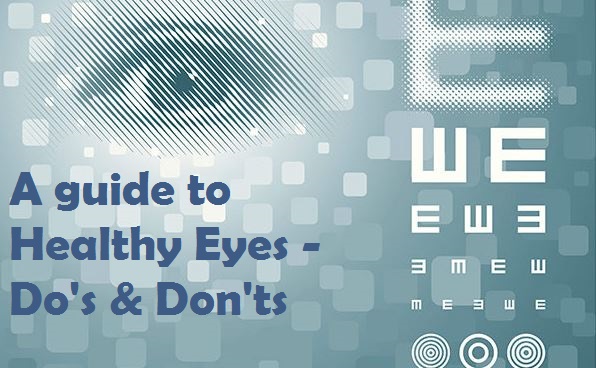
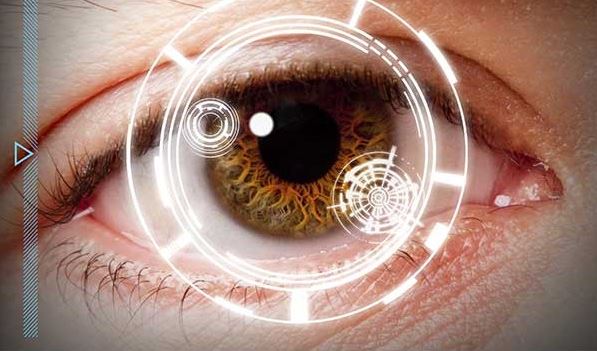
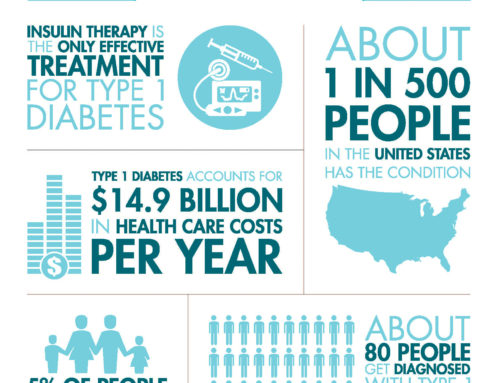
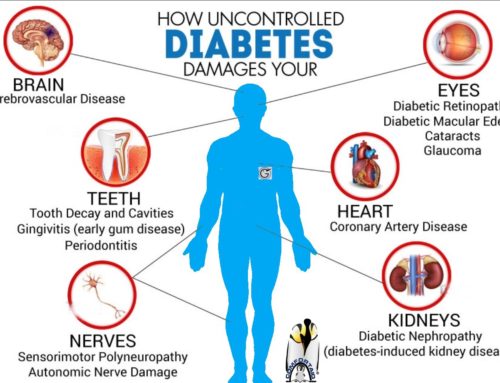


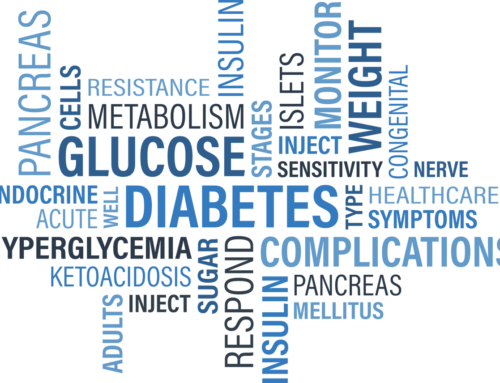
The web can be bombarded with worthless content but that’s certainly not the case here. That is one of the good ones. It’s actually given me a few strategies for my new website